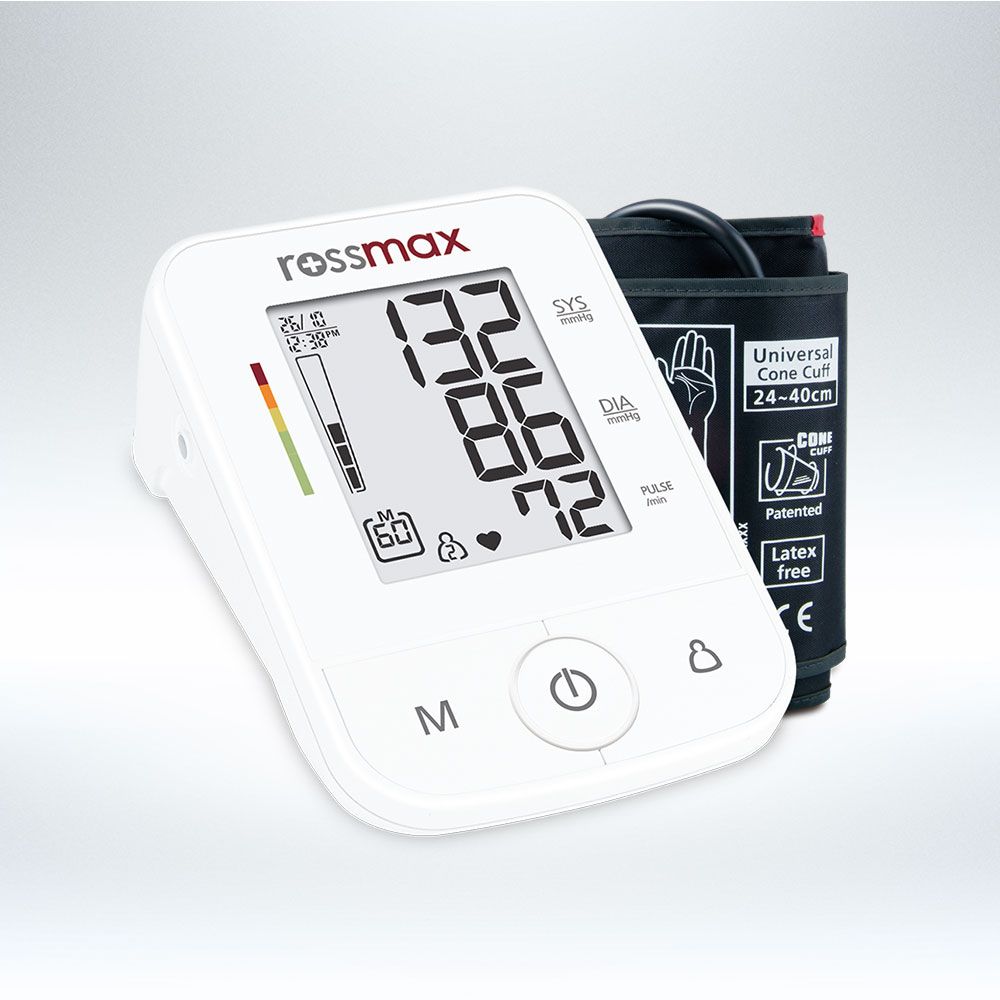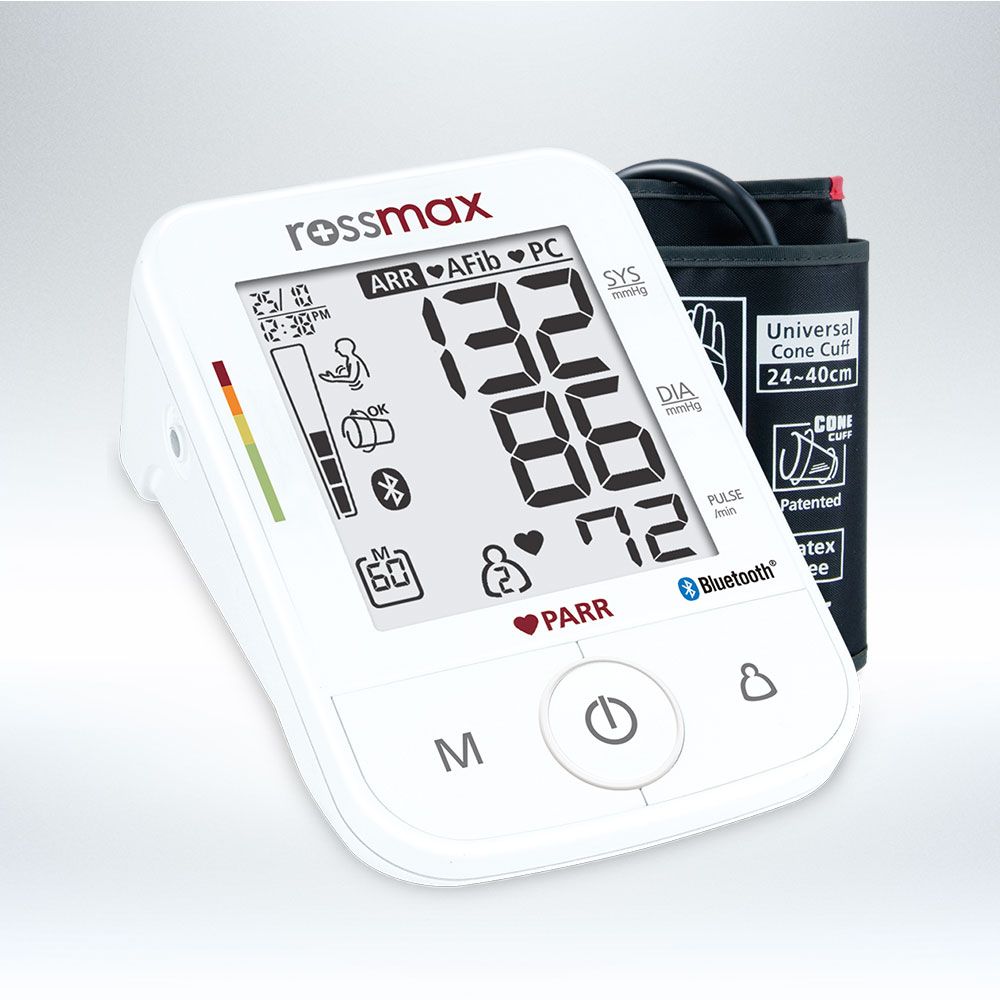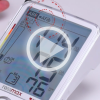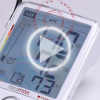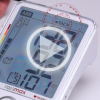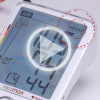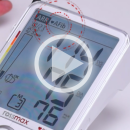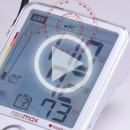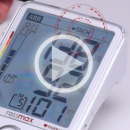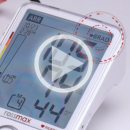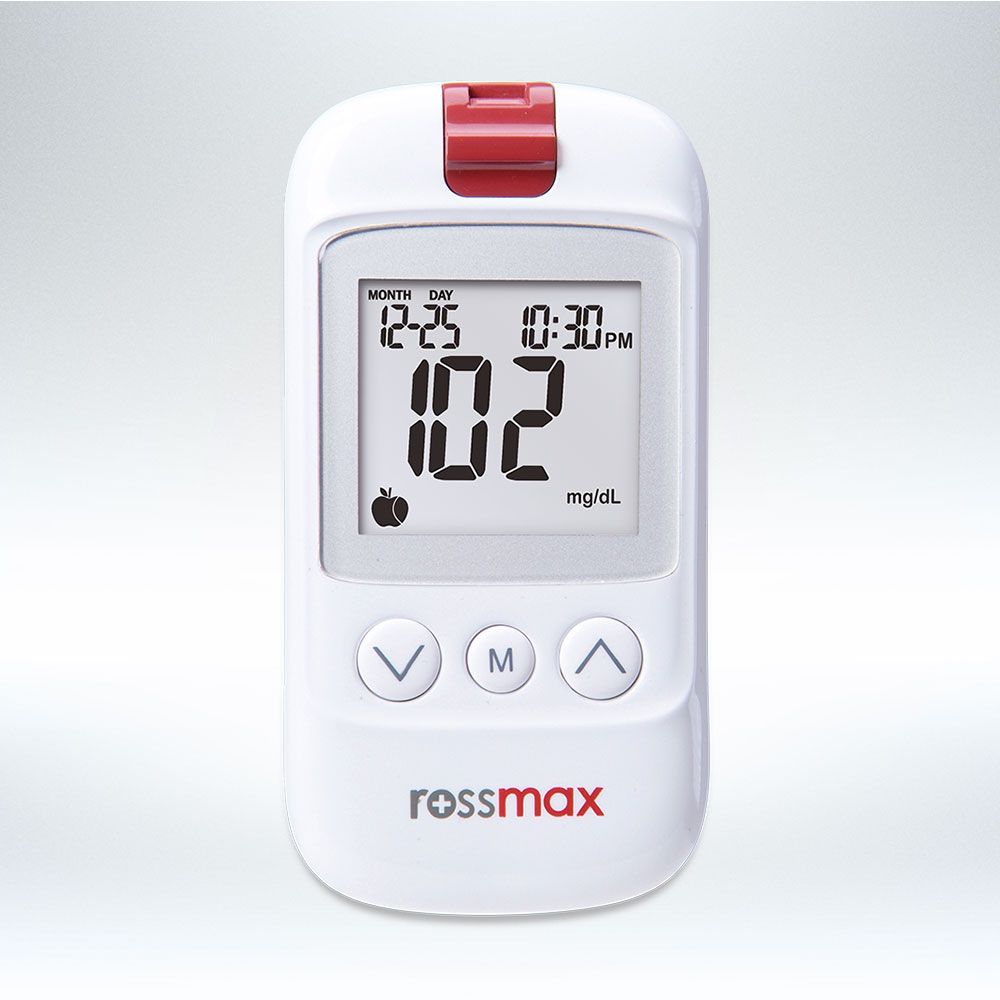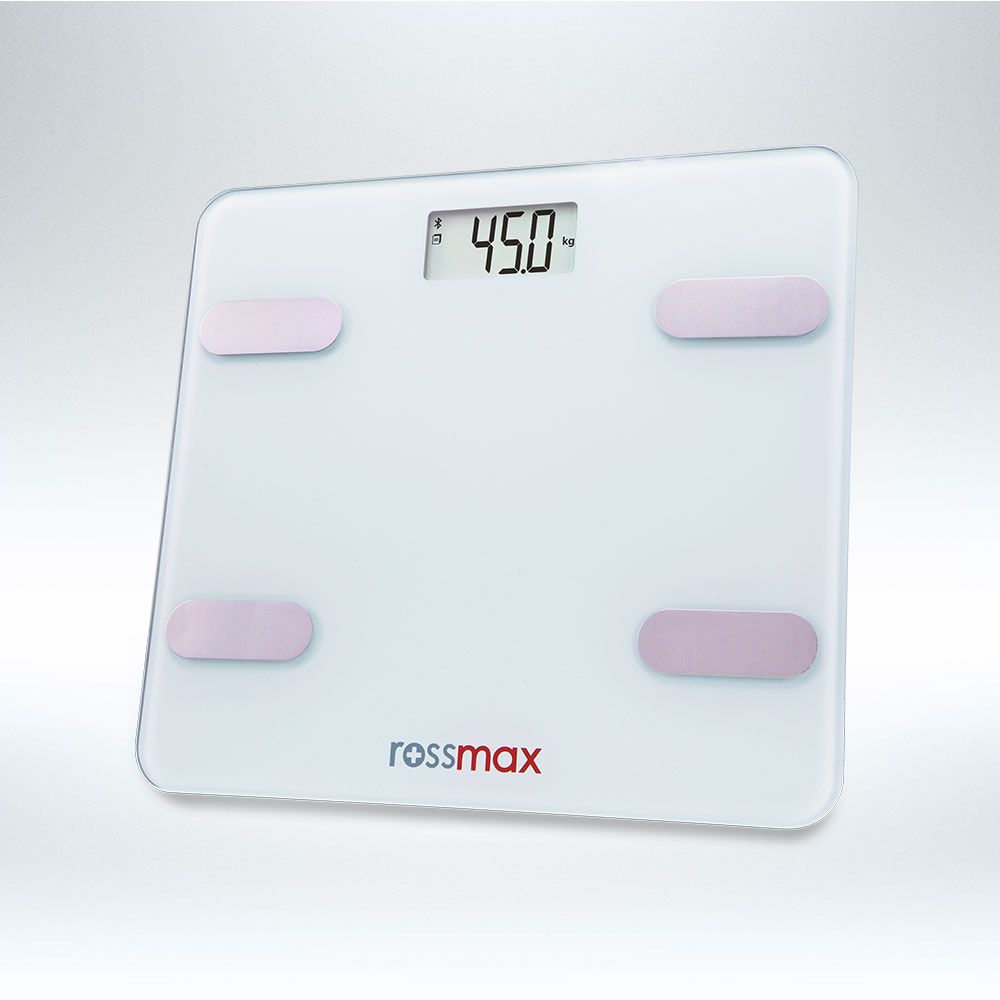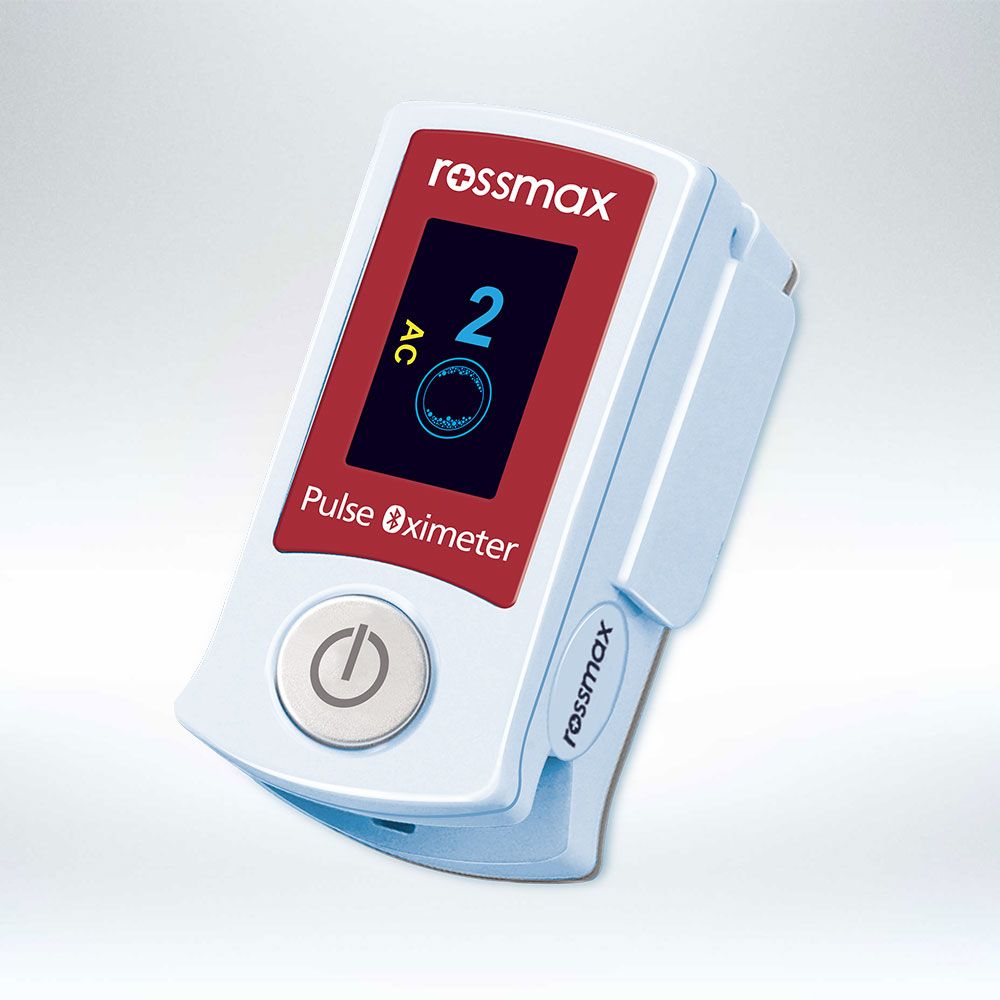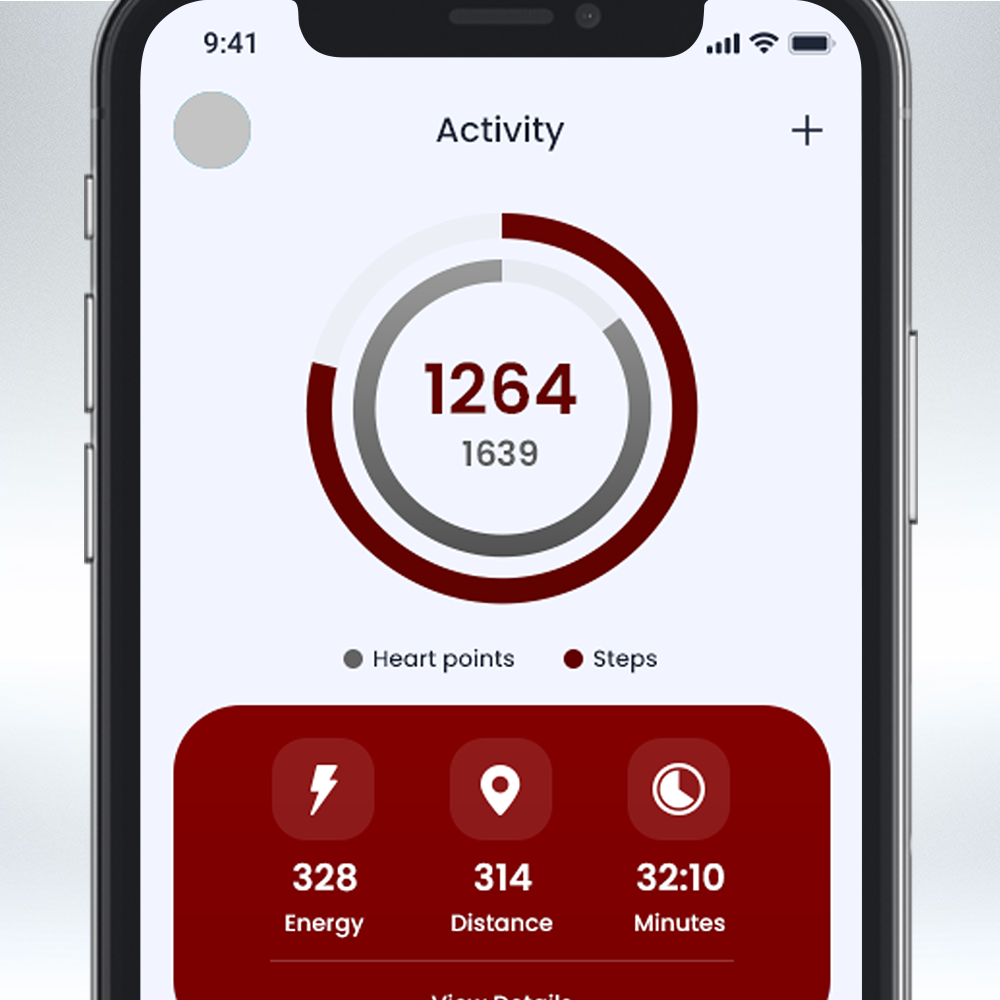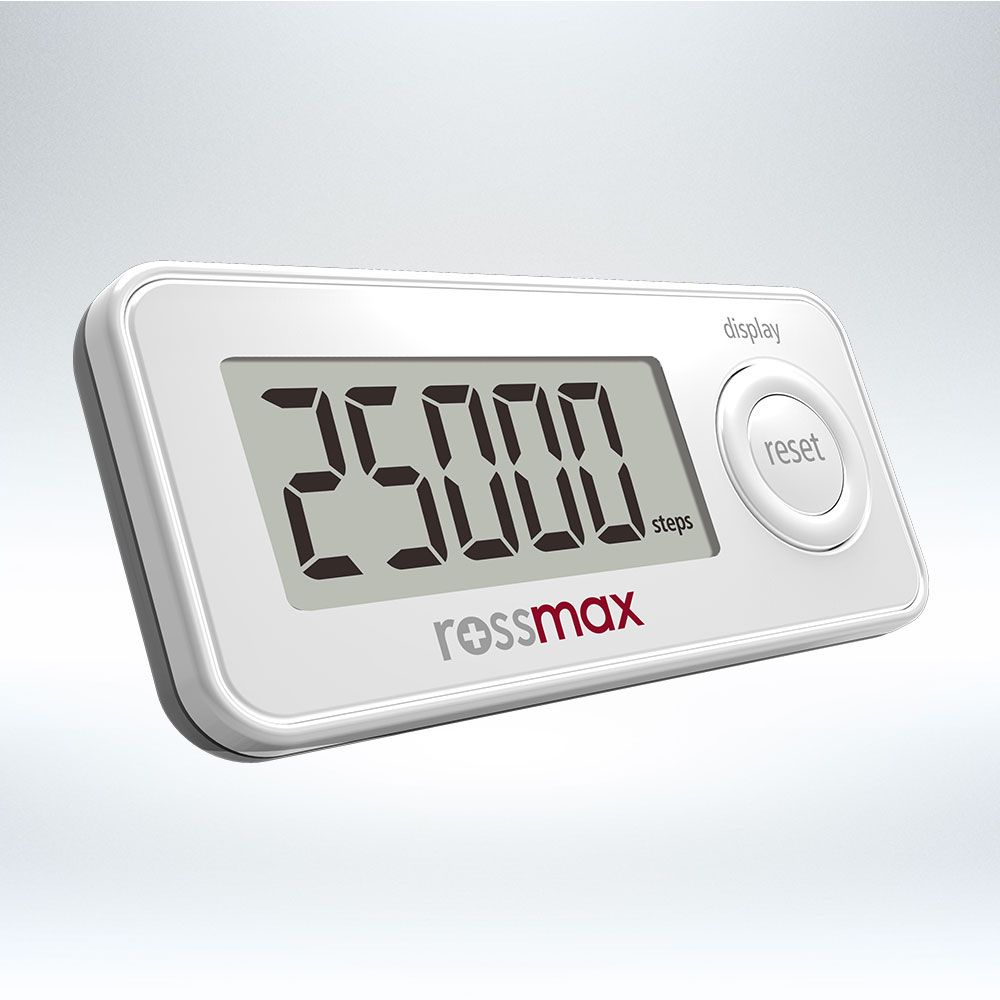HOW TO PREVENT A STROKE?
Early stage screening of your stroke risk can save your life. The following 7 life-saving measures can support you to prevent a stroke. Stroke prevention should start today, don’t postpone it to tomorrow. Protect yourself and avoid stroke, regardless of your age or family history.
You can't reverse the years or change your family history, but there are many other stroke risk factors that you can control -
provided that you're aware of them.
WHO estimates that more than 17.5 million people die of cardiovascular diseases such as heart attack or stroke in one year. The good news, however, is that 80% of strokes are preventable. Knowledge is power - If you know that a particular risk factor is sabotaging your health and predisposing you to a higher risk of stroke, you can take steps to alleviate the effects of that risk.
WHAT CAN YOU DO?
The 7-LIFE-SAVING-STEPS at a glance
Lower Blood Pressure
High blood pressure is a huge factor, doubling or even quadrupling your stroke risk if it is not controlled.
Treat AFib
Atrial fibrillation (AFib) is a form of irregular heartbeat that causes clots to form in the heart.
Treat diabetes
High blood sugar damages blood vessels over time, making clots more likely to form inside them.
Lose weight
Obesity, as well as the complications linked to it (high blood pressure, diabetes), raises your odds of having a stroke.
Quit smoking
Smoking accelerates clot formation in a couple of different ways. It thickens your blood.
Exercise more
Exercise contributes to losing weight and lowering blood pressure, but it also stands on its own as a stroke reducer.
Less alcohol
Drinking a little alcohol may decrease your risk of stroke. With two drinks per day, your risk goes up very sharply.
1
Lower Blood Pressure
High blood pressure is a huge factor, doubling or even quadrupling your stroke risk if it is not controlled. High blood pressure is the biggest contributor to the risk of stroke in both men and women. Monitoring blood pressure and, if it is elevated, treating it, is probably the biggest difference people can make to their vascular health.
Lower Blood Pressure
Maintain a normal blood pressure of Systolic 120-129 mmgH and Diastolic 80-89 mmgH.
ROSSMAX BLOOD PRESSURE MONITORS
Measure you blood pressure regulary with Rossmax Blood Pressure Monitors and keep an eye on your blood pressure levels.
How to reduce your
blood pressure values?
-
Reduce the salt in your diet to no more than 1,500 milligrams a day (about a half teaspoon).
-
Avoid high-cholesterol foods, such as burgers, cheese, and ice cream.
-
Eat 4 to 5 cups of fruits and vegetables every day, one serving of fish two to three times a week, and several daily servings of whole grains and low-fat dairy.
-
Get more exercise - at least 30 minutes of activity a day or more, if possible.
-
If needed, take blood pressure medicines.
2
Treat atrial fibrillation
Atrial fibrillation is a form of irregular heartbeat that causes clots to form in the heart. Those clots can then travel to the brain, producing a stroke. Atrial fibrillation carries almost a fivefold risk of stroke and should be taken very seriously.
TREAT ATRIAL FIBRILLATION (AFib)
Get aware if you suffer of AFib and if so,
get it treated by your doctor as soon as possible.
get it treated by your doctor as soon as possible.
X5 BLOOD PRESSURE MONITOR
Detect AFib / PC with one single blood pressure measurement with the Rossmax PARR Technology Blood Pressure Monitors.
How to treat
Atrial fibrillation?
-
If your blood pressure monitor X5 shows AFib, see your doctor asap. You may need to take drugs to reduce your stroke risk from atrial fibrillation. Your doctors can guide you through this treatment.
-
If you have symptoms such as heart palpitations or shortness of breath, see your doctor for an exam.
3
Treat diabetes
Having high blood sugar damages blood vessels over time, making clots more likely to form inside them.
Treat diabetes
Keep your blood sugar
under control.
under control.
HS200 BLOOD GLUCOSE METER
Measure you blood glucose levels regulary
with Rossmax Blood Glucose Meters.
with Rossmax Blood Glucose Meters.
How to get your glucose
values under control?
-
Monitor your blood sugar as directed by your doctor.
-
Use diet, exercise, and medicines to keep your blood sugar within the recommended range.
4
Lose weight
Obesity, as well as the complications linked to it (including high blood pressure and diabetes), raises your odds of having a stroke. If you're overweight, losing as little as 5 kg can have a real impact on your stroke risk.
Lose weight
An ideal body mass index (BMI) is 25 or less. Work with your doctor to create a personal weight loss strategy.
WF SERIES BODY FAT SCALES
Monitor your weight, BMI (body mass index) and other relevant body assesments with the Rossmax Body Fat Monitors.
How to reduce
your weight?
-
Try to eat no more than 1,500 to 2,000 calories a day (depending on your activity level and your current BMI).
-
Increase the amount of exercise you do with activities like walking, hiking, biking, golfing, yoga or playing tennis, and by making activity part of every single day.
5
Quit smoking
Smoking accelerates clot formation in a couple of different ways. It thickens your blood and it increases the amount of plaque buildup in the arteries. Along with a healthy diet and regular exercise, smoking cessation is one of the most powerful lifestyle changes that will help you reduce your stroke risk significantly.
Quit smoking
Quit smoking and start
to breath free again.
to breath free again.
ROSSMAX ACT PULSE OXIMETERS
Determine the prevailing stiffness of your artery and check for low oxygen levels which may caused by a blood clot in your lungs with Rossmax Pulse Oximeter.
How to achieve a
smoking-free life?
-
Ask your doctor for advice on the most appropriate way for you to quit.
-
Use quit-smoking aids, such as nicotine pills or patches, counseling or medicine.
-
Don't give up. Most smokers need several tries to quit. See each attempt as bringing you one step closer to successfully beating the habit.
-
Try holistic methods.
6
Exercise more
Exercise contributes to losing weight and lowering blood pressure, but it also stands on its own as a independent stroke reducer.
Exercise more
Exercise at a moderate intensity
at least five days a week.
at least five days a week.
MONITOR ACTIVITY
Measure your activities with
your Smartphone or Watch.
your Smartphone or Watch.
How can you motivate yourself
to exercise more?
-
Take a walk around your neighborhood every morning after breakfast.
-
Start going to the fitness club with friends.
-
When you exercise, reach the level at which you're breathing hard, but you can still talk.
-
Take the stairs instead of an elevator when you can.
-
If you don't have 30 consecutive minutes to exercise, break it up into 10- to 15-minute sessions a few times each day.
7
ALCOHOL CONSUMPTION
Drinking a little alcohol may decrease your risk of stroke. Studies show that if you have about one drink per day, your risk may be lower. Once you start drinking more than two drinks per day, your risk goes up very sharply.
DRINK LESS ALCOHOL
With two drinks per day,
your risk goes up very sharply.
your risk goes up very sharply.
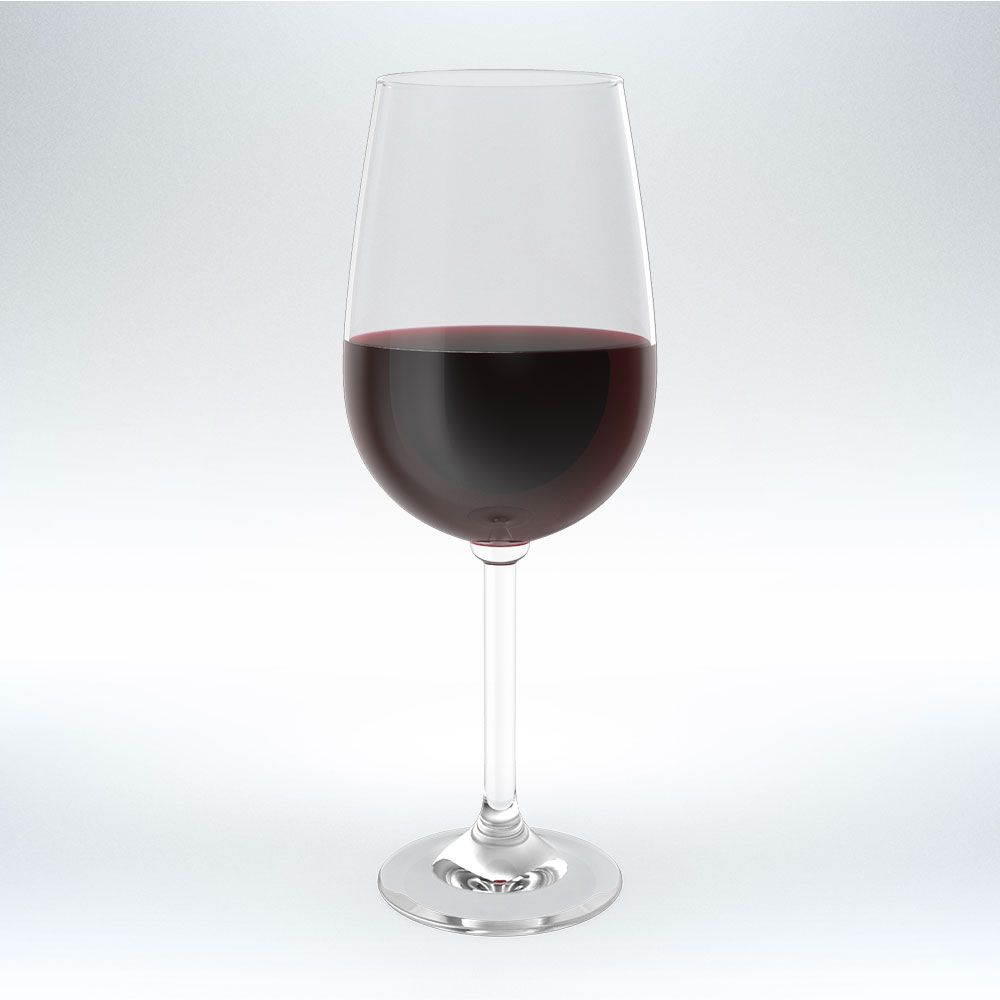

YOUR GOAL
Enjoy alcohol-free drinks or
drink only moderate amounts of alcohol.
drink only moderate amounts of alcohol.
How to achieve
that goal?
-
Drink maximum one glass of alcohol a day.
-
Make red wine your first choice, because it contains resveratrol, which is thought to protect the heart and brain.
-
Watch your portion sizes. A standard-sized drink is a 1.5 decilitre (dl) glass of wine, 3.5 dl beer, or 4 ml glass of hard liquor.
Identify a stroke
F-A-S-T
Too many people ignore the signs of stroke because they question whether their symptoms are real. Our recommendation is, don't wait if you have any unusual symptoms. Listen to your body and trust your instincts. If something is off, get professional help right away.
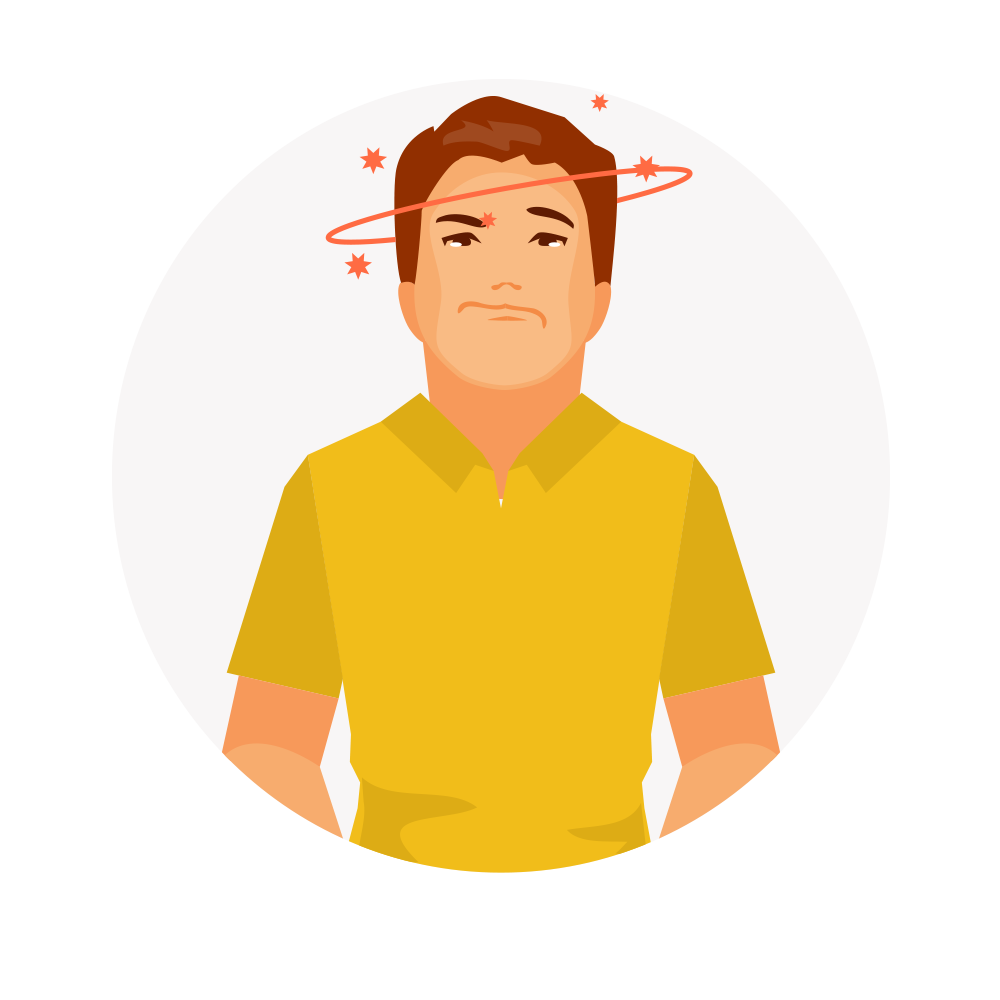
B
Balance
Loss of Balance or Dizziness
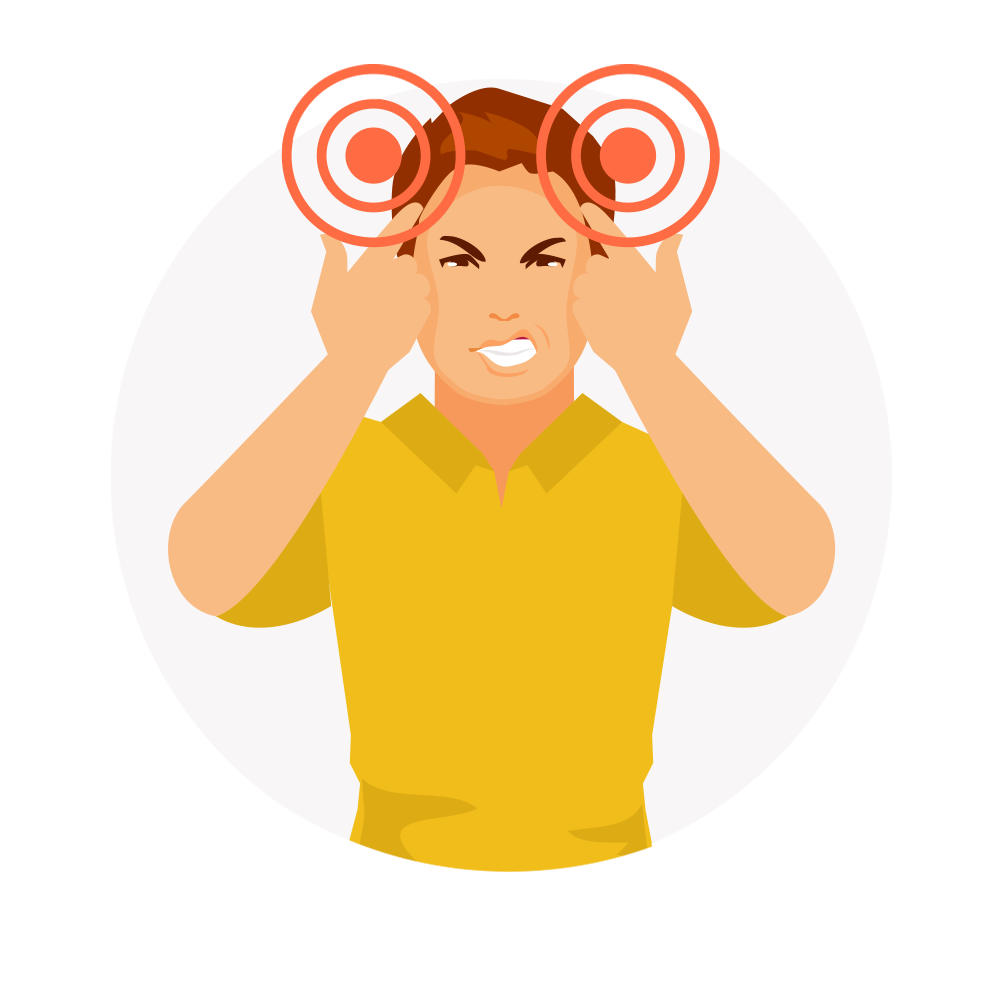
E
Eyes
Blured vision or vision loss
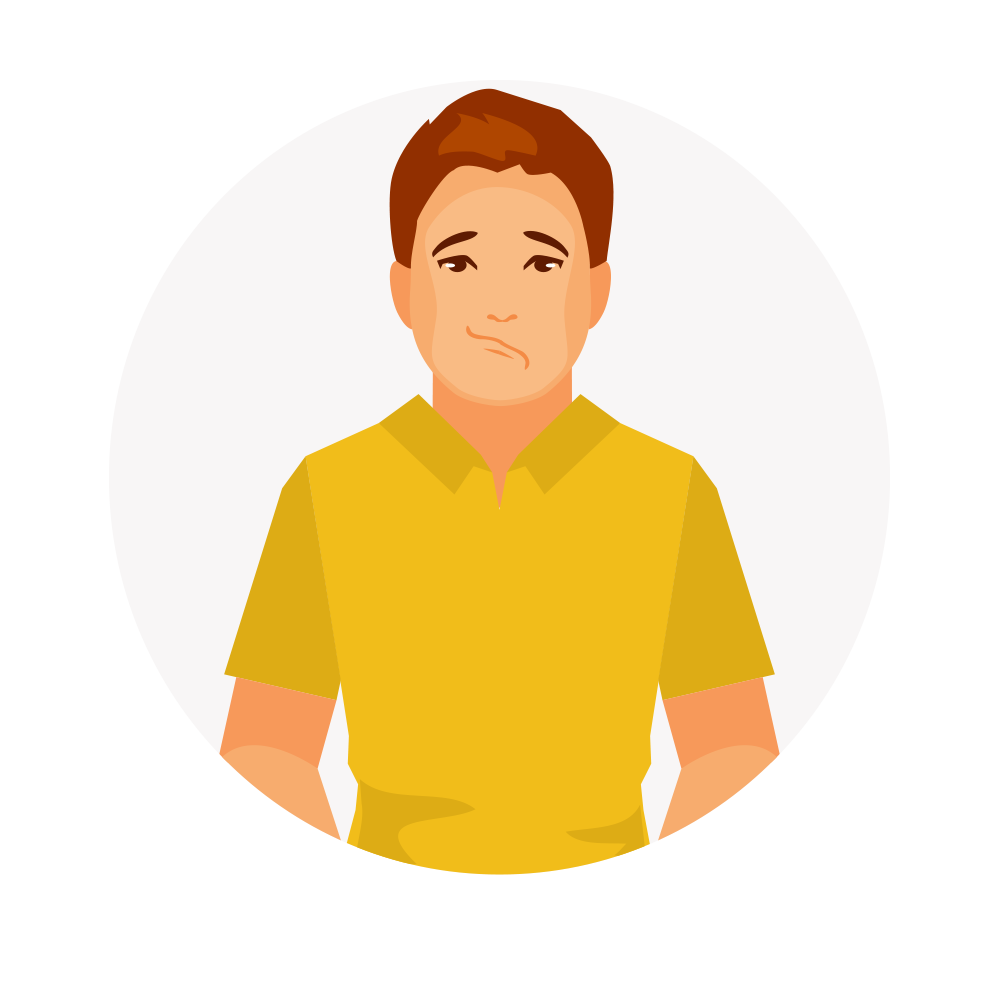
F
Face
One side of the face is dropping

A
Arms
Weakness on one bodyside
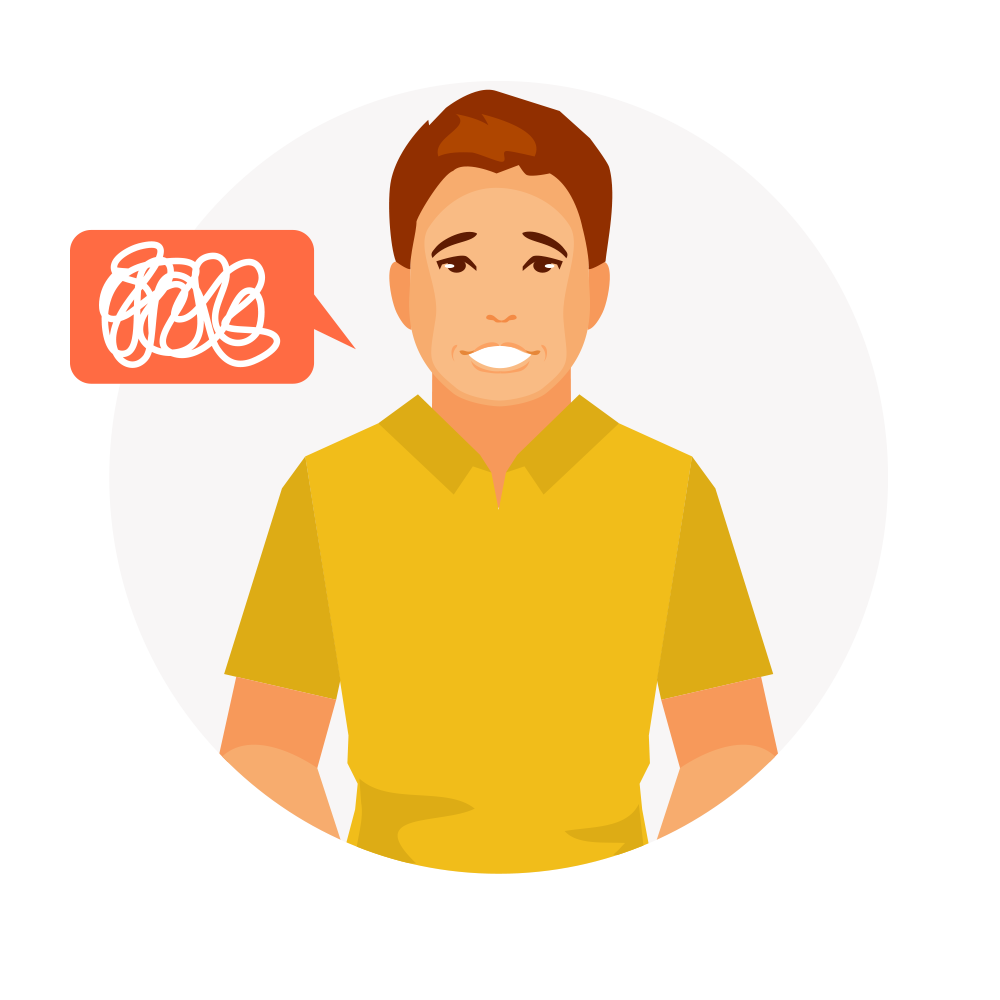
S
Speech
Speech slurred or sounds odd
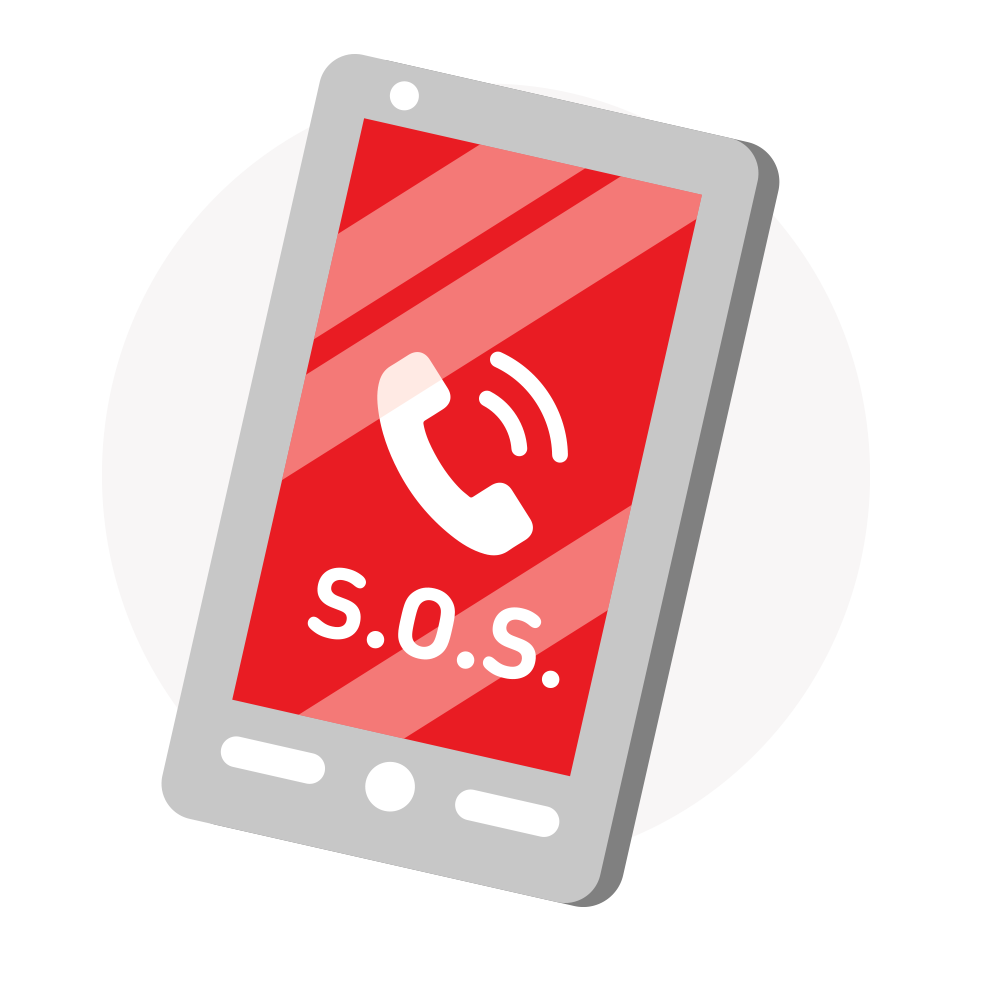
T
Time
Call an ambulance immediatly
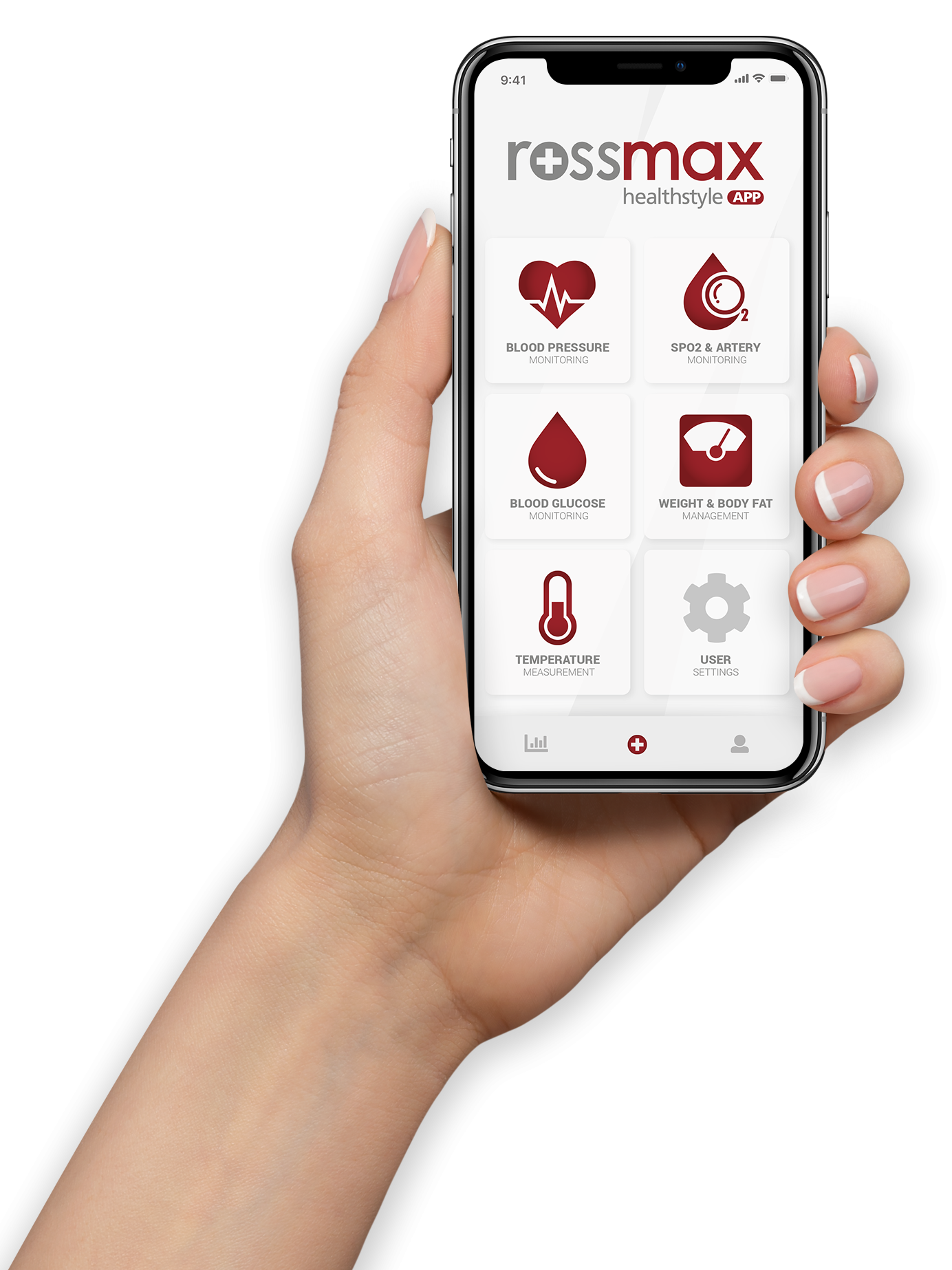
ROSSMAX HEALTHSTYLE APP
The Rossmax Healthsyle APP stores all the above very life-saving data in one app. Your body mass index, your blood pressure values, your AFib data, your blood glucose values as well as your activities during the day. And even more health data such as SpO2 and your body temperature.
ROSSMAX HEALTHSTYLE APP
The Rossmax Healthsyle APP stores all the above very life-saving data in one app. Your body mass index, your blood pressure values, your AFib data, your blood glucose values as well as your activities during the day. And even more health data such as SpO2 and your body temperature.



PREVENT STROKE
BY SCREENING THE RISK,
BUT DON‘T LET IT HAPPEN
PREVENT STROKE
BY SCREENING THE RISK,
BUT DON‘T LET IT HAPPEN
Source: National Stroke Association
